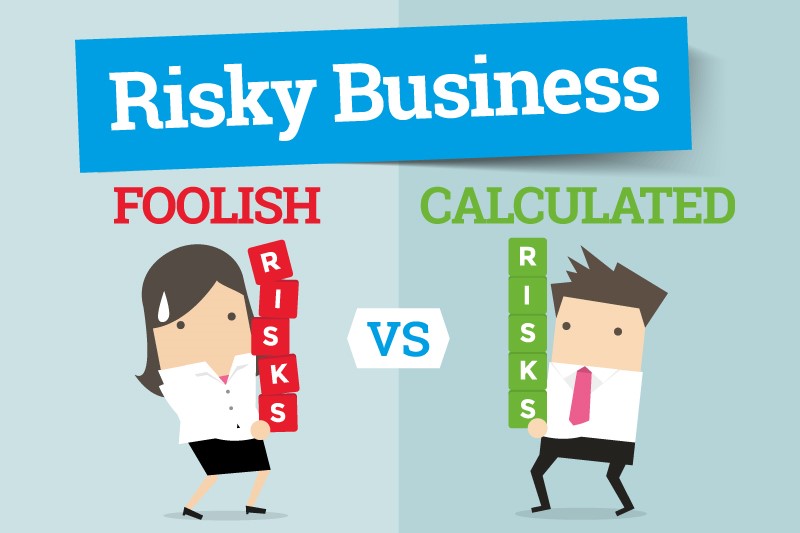
Do you consider yourself a risk-taker, or do you avoid taking risks at all costs? Maybe you consider yourself risk-neutral. Here at Shepherds Friendly Society, we think it’s important that everyone knows the difference between a foolish risk and a calculated risk.
It’s important to know the difference so that you can benefit from the advantages that taking risks can bring, such as learning new things, finding out more about yourself and creating change.
Sometimes we take risks without realising we are doing so, such as driving to work – there is a risk of being in an accident or your car breaking down that may cost money to repair.
A risk that some people take, as it is not something many think about until it is needed, is failing to protect your income. We carried out some research and found that only 16.3% could survive for over 12 months based on the amount they have saved. Income Protection Insurance can help you and your family cope if absence from work due to illness or injury meant that your regular income was lost.
It is vital to understand the difference between foolish and calculated risks, so that you don’t take a risk that will disadvantage you in some way.
Below you can find out more about foolish risks vs calculated risks, and discover how to make calculated risks.

Embed our infographic using the code below:
Text Version: Risky business: Foolish vs calculated risks
Shepherds Friendly carried out some research and asked people whether they would consider themselves risk-averse, risk-neutral or a risk taker.
The results (based on 625 people surveyed)
10% Risk-Taker
58% Risk Neutral
32% Risk-Averse
Only 10% consider themselves as risk-takers.
However, we all take risks every day without realising it. For example:
Driving to work: The risk of being in an accident.
Using your card: The risk of fraudulent activity.
Sharing an idea: The risk of getting turned down.
All risks are not created equal.
The key is to learn how to decipher foolish risks from calculated risks.
Foolish – You are going into the situation blindly, without carrying out any research or considering the possible negative consequences.
Here’s an example of a foolish risk:
Not protecting your income – Income protection can help you and your family cope if an absence from work due to illness or injury meant your regular income was lost. In this case, failing to protect your income could be considered a foolish risk.
Calculated – The chance of success is higher than the chances of failing, as you have carried out the appropriate amount of research.
Here’s an example of a calculated risk:
Investing in a stocks and shares ISA that aims for steady growth could be a calculated risk, providing you have done your research and fully understand the plan. Your capital is at risk when investing but you may decide it is worth taking, once you have taken everything into account.
Reasons why you might take risks:
Risks create change
We learn from risks
Taking risks shows confidence and helps you stand out
Without risk, there is no chance of winning
Risk teaches you more about yourself
Are people taking calculated risks:
16.3% could survive for over 12 months based on the amount they have saved
Only 27% said they would never take a high-risk job
But 89.6% don’t fully understand what income protection is
How to make calculated risks
1. Do lots of research
In order to take a calculated risk, you must understand every small detail of the decision that you can. This gives you time to discover any red flags or potential issues that may arise.
2. Anticipate mistakes
Before executing a decision on a risk, you should think about every possible outcome. Consider the positive ones, but really focus on the negative ones.
3. Set checkpoints and goals
Calculated risks are marked by a number of checkpoints. Put these in place well before making a decision so that you can identify when a risk becomes too high for your tolerance.
4. Be willing and ready to pivot
It doesn’t matter how calculated a risk is, you must be prepared to handle what happens. You can’t always control the result, but you can control how you respond.
5. Don’t be afraid of the word “no.”
Learn to say “no”. If you jump at every opportunity that comes your way, you won’t have the resources to take on the ones that have a high probability of succeeding.
When it comes to risks, you simply want to say “yes” to calculated risks and “no” to foolish risks.
Once you’ve got this covered, you can start considering yourself as a calculated risk-taker.


